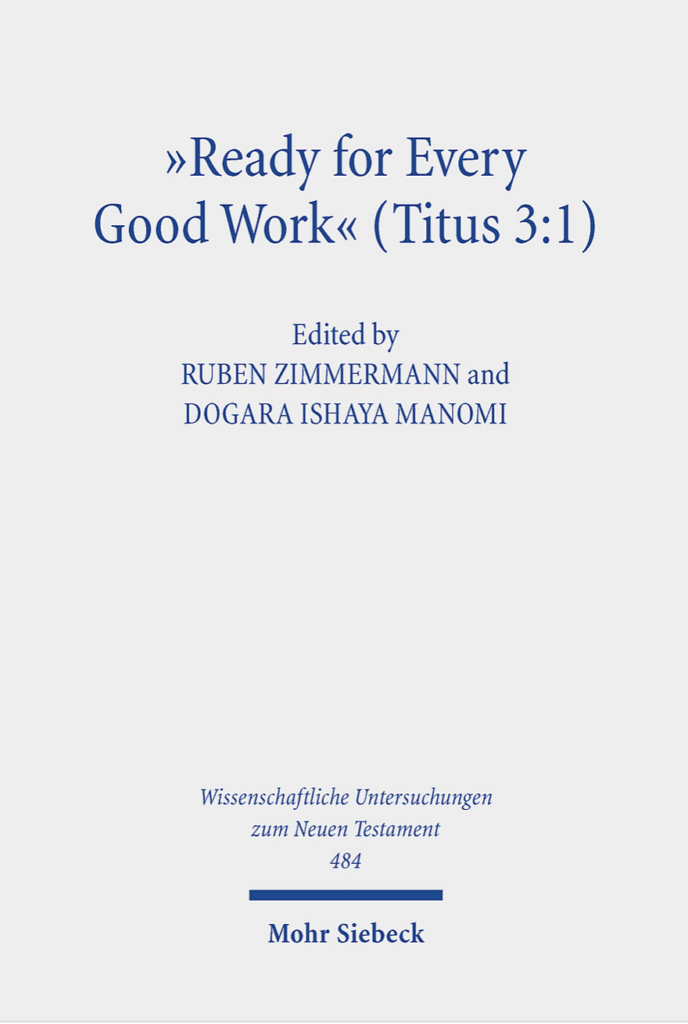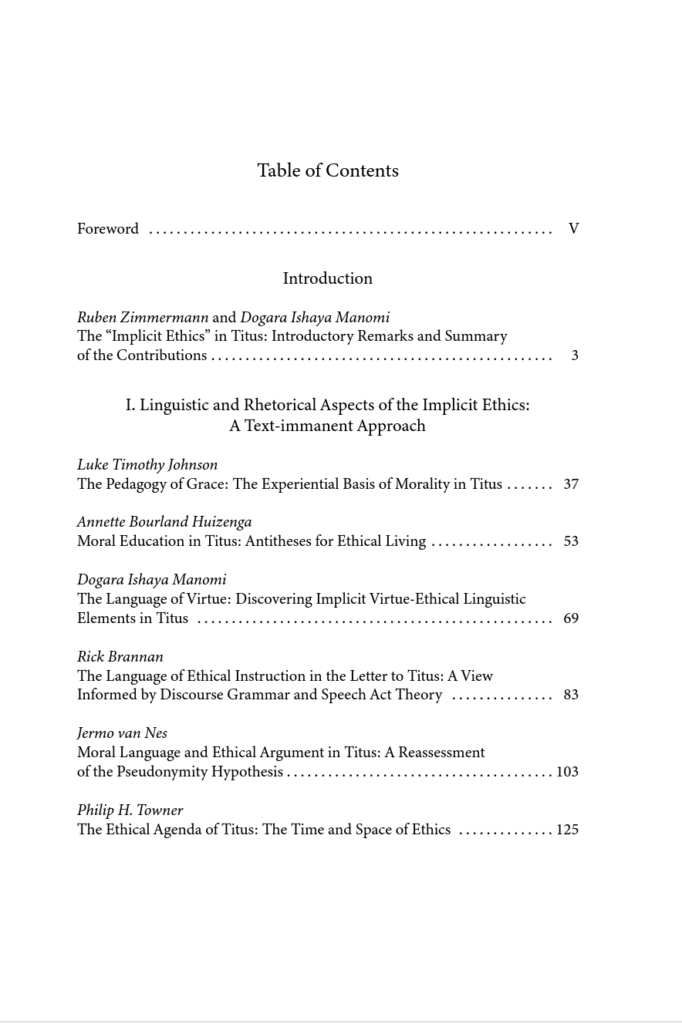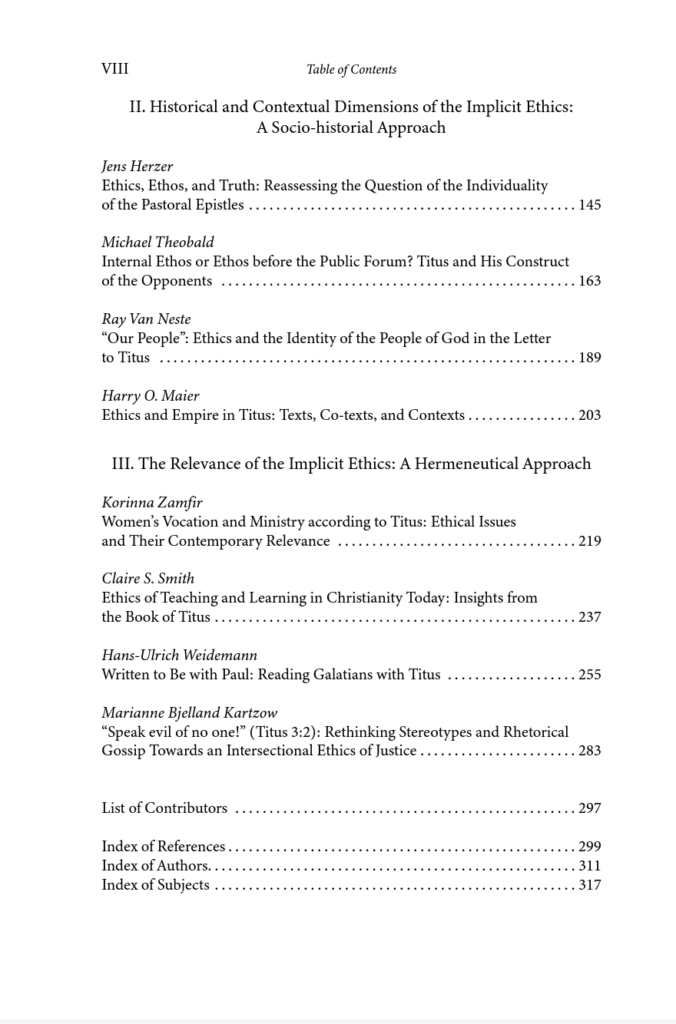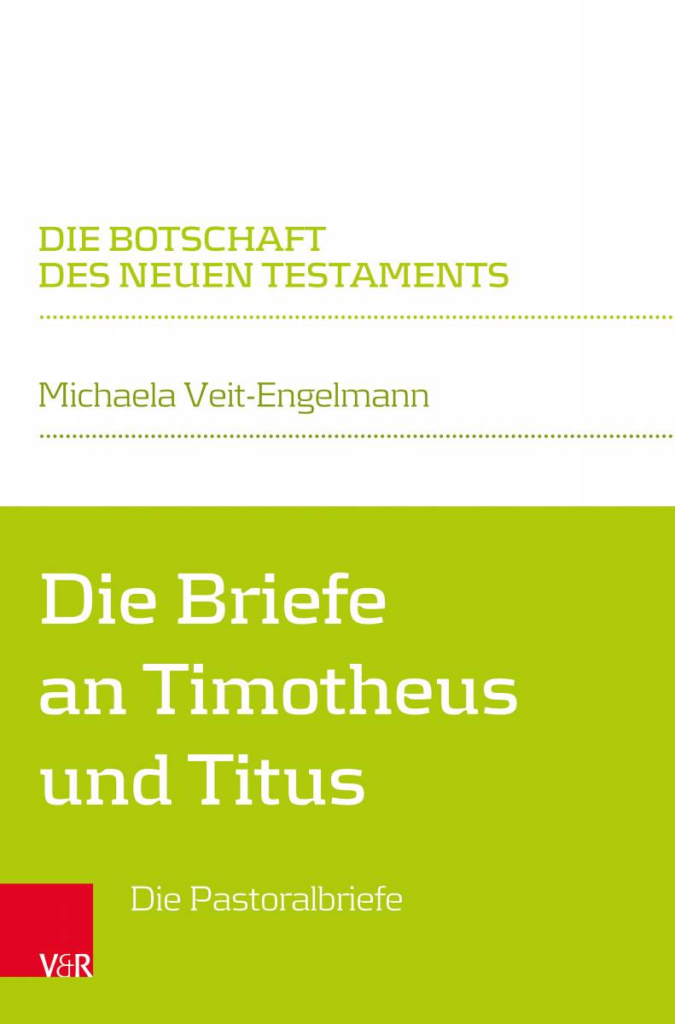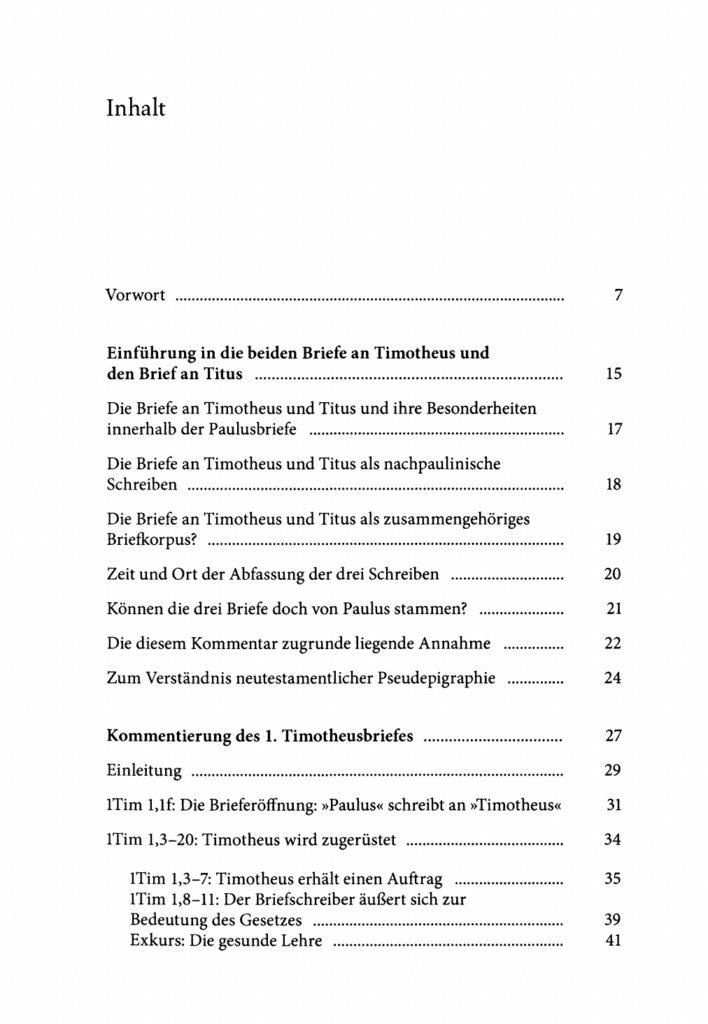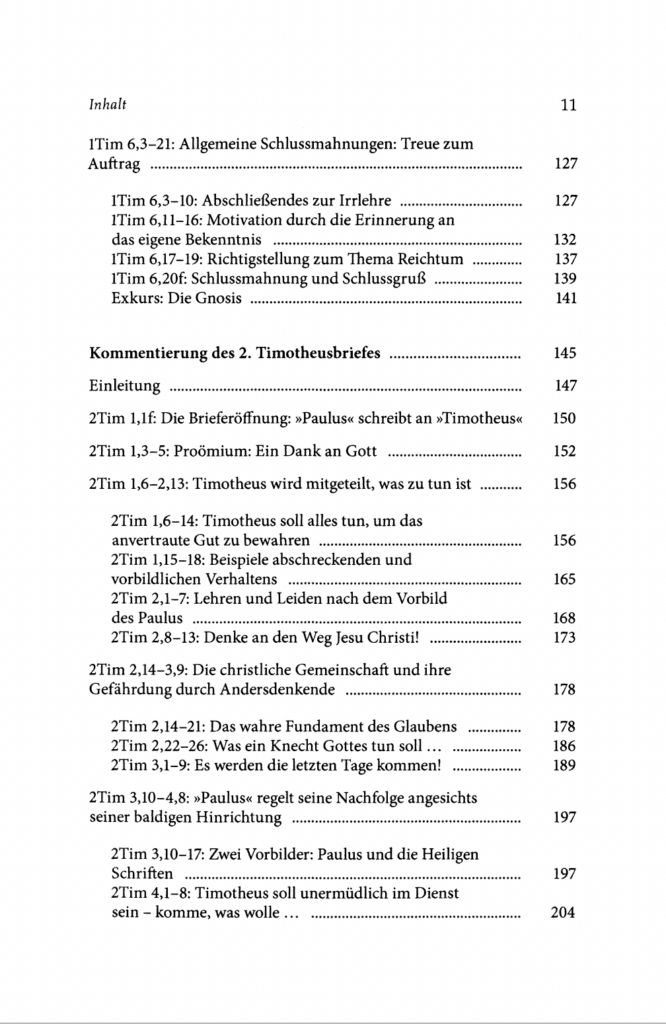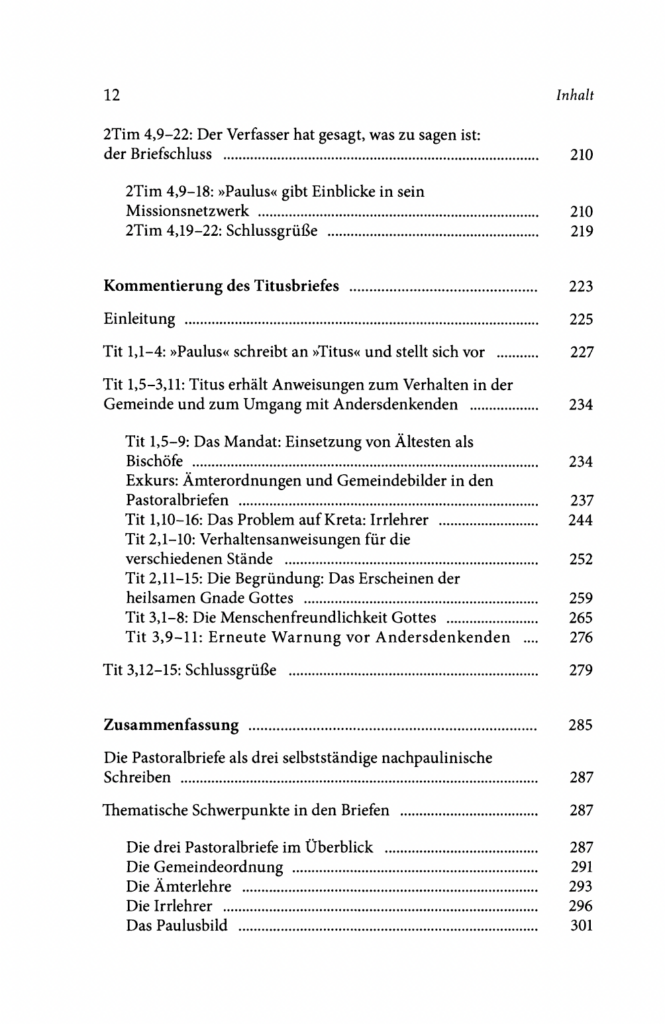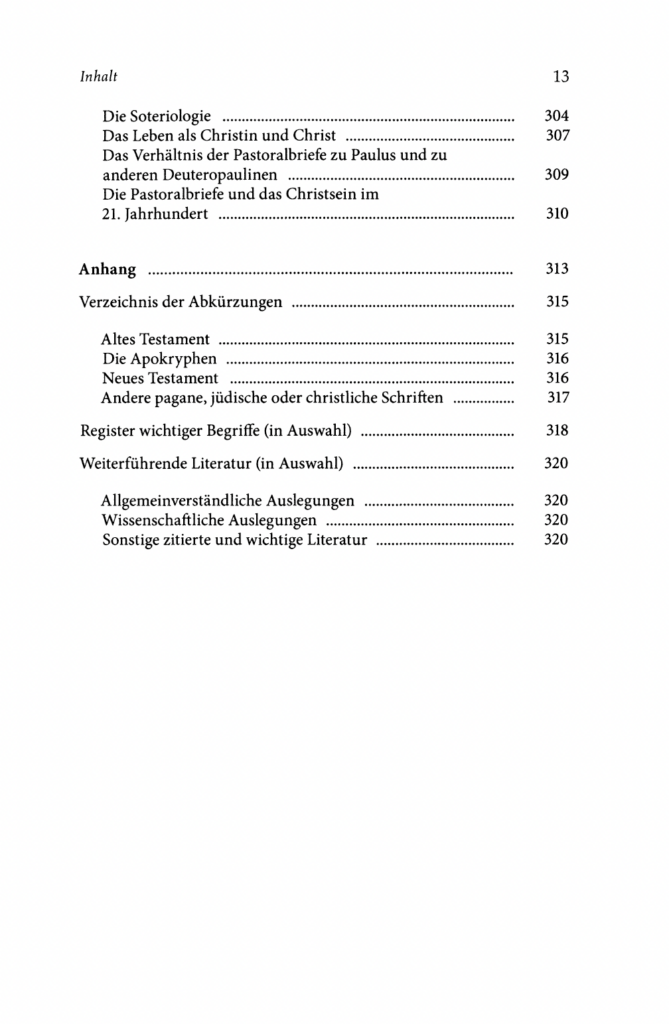Stefan Krauter has a new article highlighting the different ways Titus and Acts of Titus portray Crete.
Krauter, Stefan. “Cretan Memories: Crete in the Letter to Titus and the Acts of Titus.” Early Christianity 13 (2022). DOI 10.1628/ec-2022-0027
Abstract: Es ist sehr unwahrscheinlich, dass Paulus auf Kreta zusammen mit seinem Mitarbeiter Titus Gemeinden von Christusgläubigen gegründet hat, wie es Tit 1,5 behauptet wird. Dennoch ist der fiktive kretische Schauplatz des Titusbriefes nicht einfach Zufall, sondern spielt in der Argumentation des Briefes eine wichtige Rolle: Die Kreter dienen als paradigmatische Barbaren, die zivilisiert werden müssen. Dazu werden negative Stereotypen über die Kreter aus der hellenistischen und frührömischen Zeit aktiviert. Die Titusakten sind vom Titusbrief abhängig. Ihr Bild von Kreta unterscheidet sich jedoch deutlich von dem negativen Bild, das im Brief gezeichnet wird. Sie stützen sich beispielsweise auf Erinnerungen an Minos, den König und Gesetzgeber der Kreter, und knüpfen an positive Aspekte der kretischen Vergangenheit an, die für die lokale kretische Elite im Römischen Reich wichtig waren. (DeepL translation to English)
I found the following footnote (7) in Krauter’s article helpful as a guide for any scholars in Titus who wish to pursue the historical background of Crete: “The groundbreaking archaeological work on Roman Crete was the posthumously published dissertation by I. F. Sanders, Roman Crete: An Archaeological Survey and Gazeteer of Late Hellenistic, Roman, and Early Byzantine Crete (Warminster: Aris & Phillips, 1982). For an easily accessible overview, cf. T. Bechert, Kreta in römischer Zeit (Darmstadt: von Zabern, 2011). Historical (esp. epigraphical) research on Hellenistic and Roman Crete has been carried out by Angelos Chaniotis. A summary of his work, which is readable also for non-specialists, is given in A. Chaniotis, Das antike Kreta, 3rd ed. (Munich: Beck, 2020). For a comprehensive treatment of Cretan history in English, cf. C. Moorey, A History of Crete (London: Haus, 2019), esp. 55–107.”
